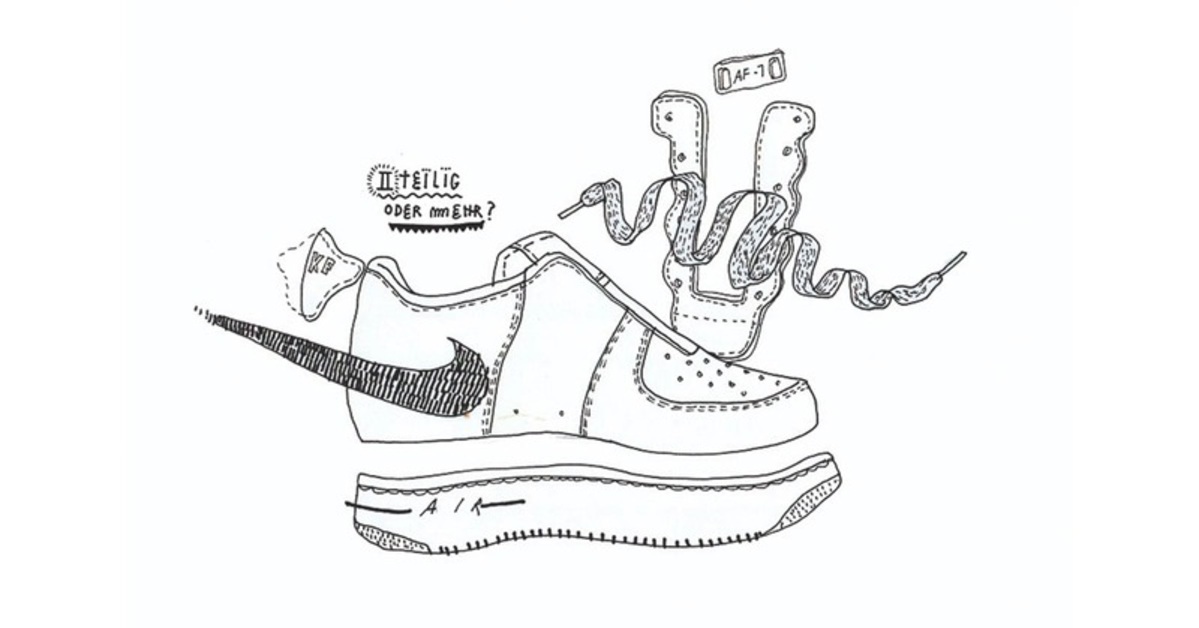
The Illustrated History of the Nike Air Force 1 - Part 1
The story of the Air Force 1 symbolises the story of the sneaker itself. As a performance flagship and the first basketball shoe with the Air system, it embarked on the journey that would make it an icon of the street. It was made so - but not by a global marketing campaign, but by the people who showed their affection for the shoe on the courts and in the hoods. Later, it disappeared for a while, only to reappear in more variations and even more colours. And yet it remains unmistakable, even today when it is sent into the future as the Lunar Force 1 with a Hyperfuse design or even more futuristic in the upcoming Flyknit design. But now let's look back. Here is its story - the story of the Air, told in the language of the Force. Illustrations by Conny Dreher.
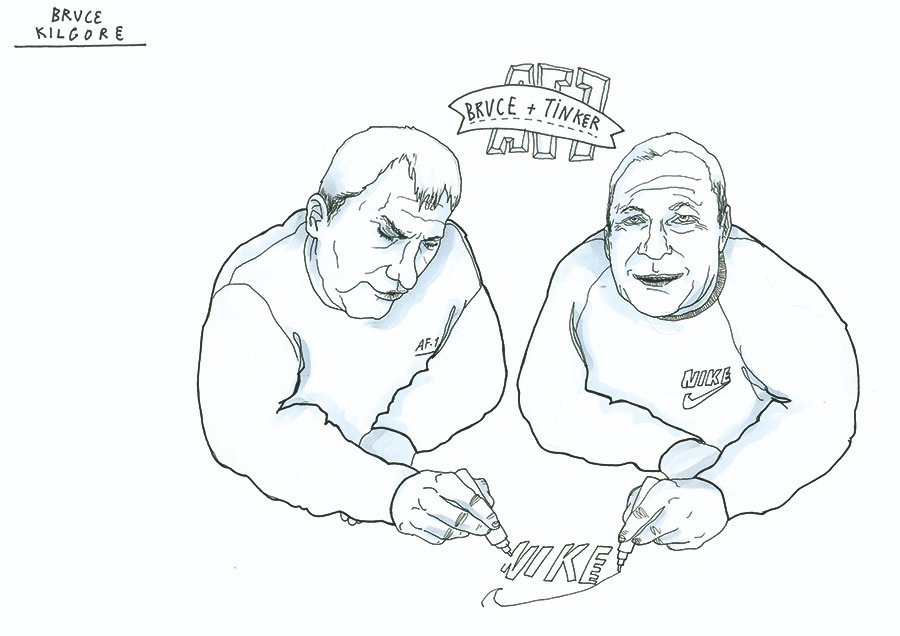.jpg)
1. The creator: Bruce Kilgore is the designer of the popular AF1. Although his name is not as well known as Tinker Hatfield's, he has produced some classics himself - like the Air Flow (1989) or the Sock Racer (1985). Just like Hatfield, who was originally an architect, Kilgore came to trainer design via another profession: he was a sculptor.
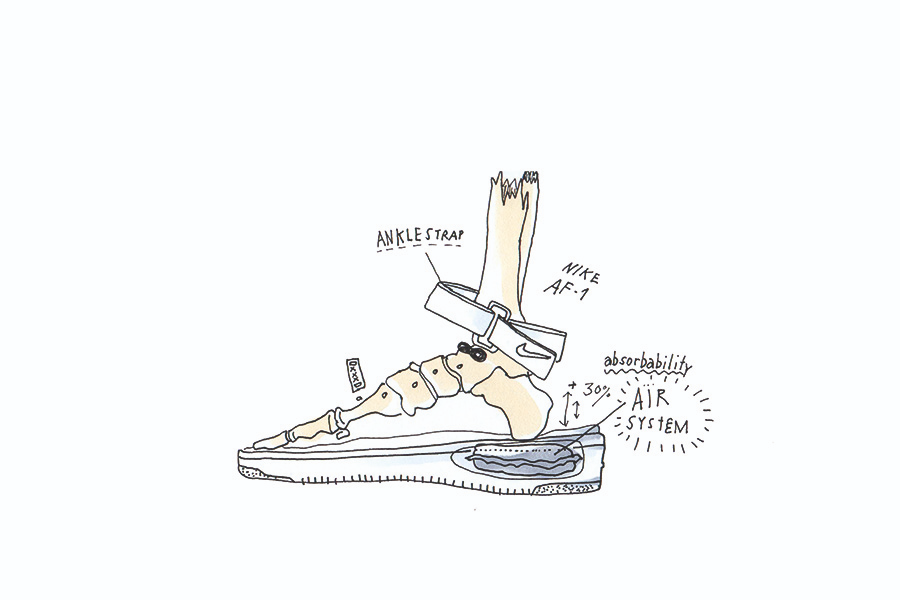.png)
2. The manual: Since a visible "Air System" would not arrive until five years later with the Air Max 1, the first AF1s came with a manual that showed a cross-section of the shoe and explained the new technology and its benefits - 30% better cushioning - to the customer. It also outlined the function of the "ankle strap", which was designed to protect against ankle twisting, and the "eyelets", which provided both stability and clearance.
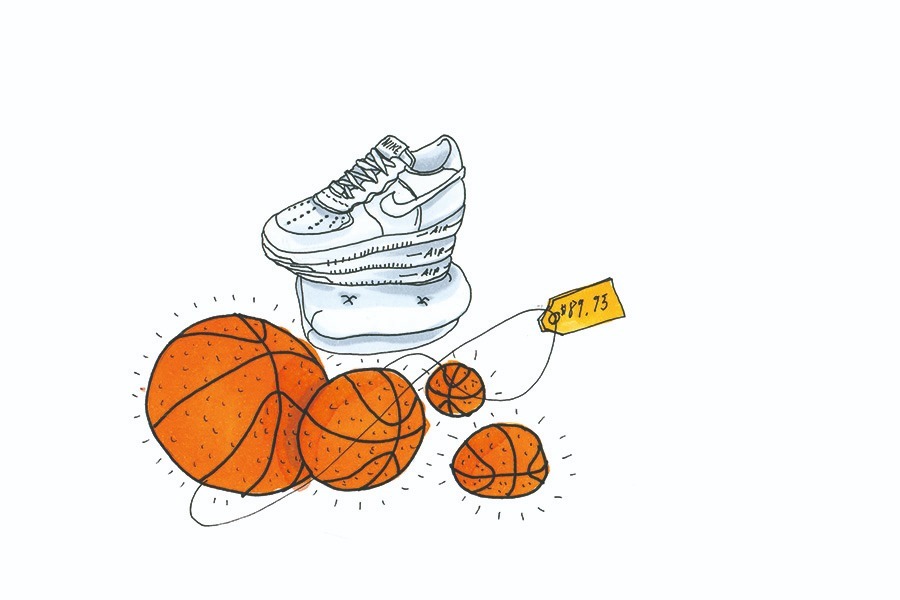.jpg)
3. The price: The Air Force 1 was the first basketball shoe to be equipped with an Air system. Among other details, it was this technical innovation that led to an unprecedented price of $89.95.
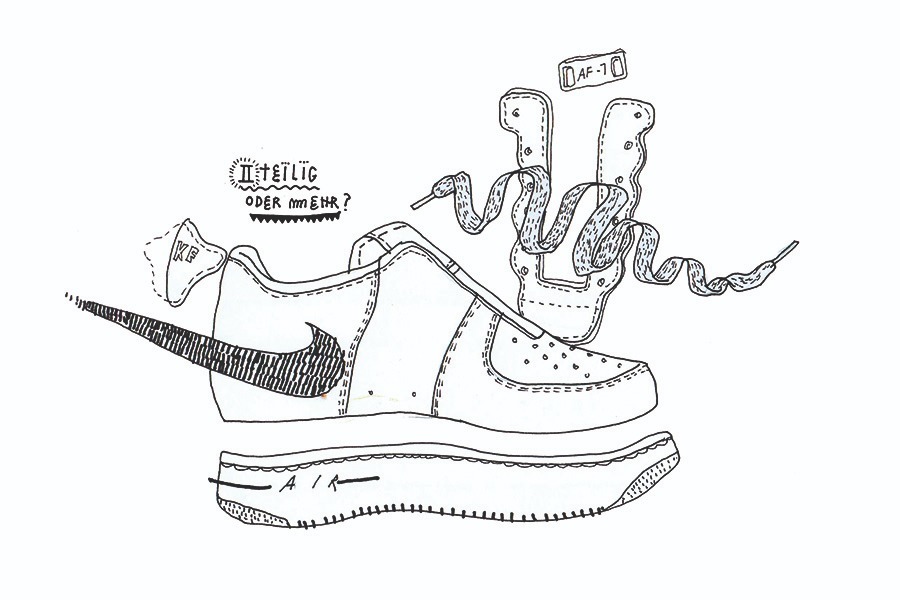.jpg)
4. 1-piece, 2-piece, 3-piece: From 1982 until the early 90s, the AF1s were "2-piece" variants (with the exception of the Zeros). Besides the large leather plate on the upper, only the toe cap area formed an additional layer. It was not until the early 90s that the large area around the heel was sewn on as an additional layer - the shoe became a "3-piece". In the new millennium, Nike experimented with a "1-piece" variant in which the entire upper was made of a single slice of material and the lines of the shoe were marked by laser engravings.
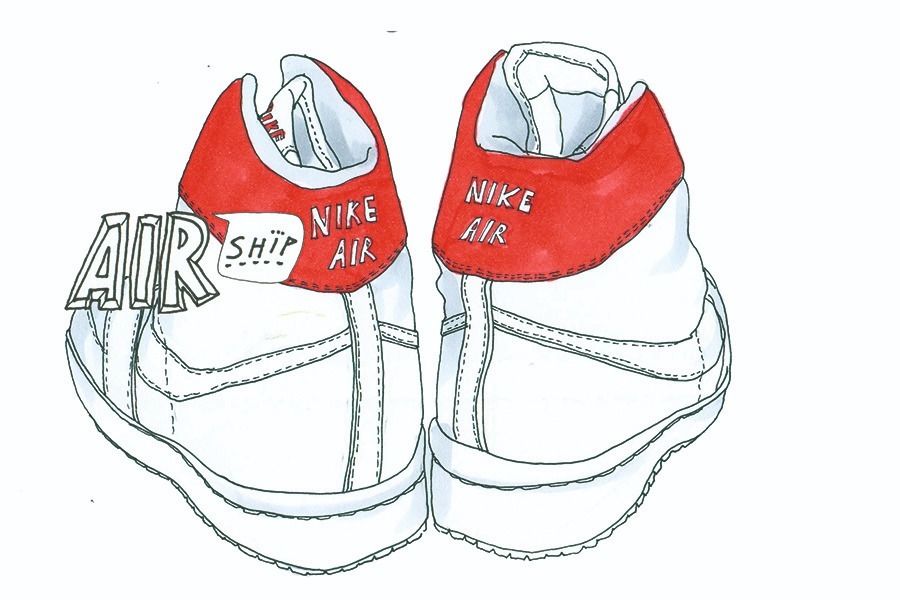.jpg)
5. The successor: Even though there is a numbered Air Force series, the unofficial successor to the Air Force 1 is the Air Ship. It came out in 1984 and was the first shoe Michael Jordan wore in the NBA. So it was the colourway of the Air Ship that was banned by the NBA in the preseason and not - as Nike has been telling us for the last 30 years or so - the Air Force 1. So the unofficial successor to the AF1 carries a certain notoriety - even if hardly anyone knows it. Until now!
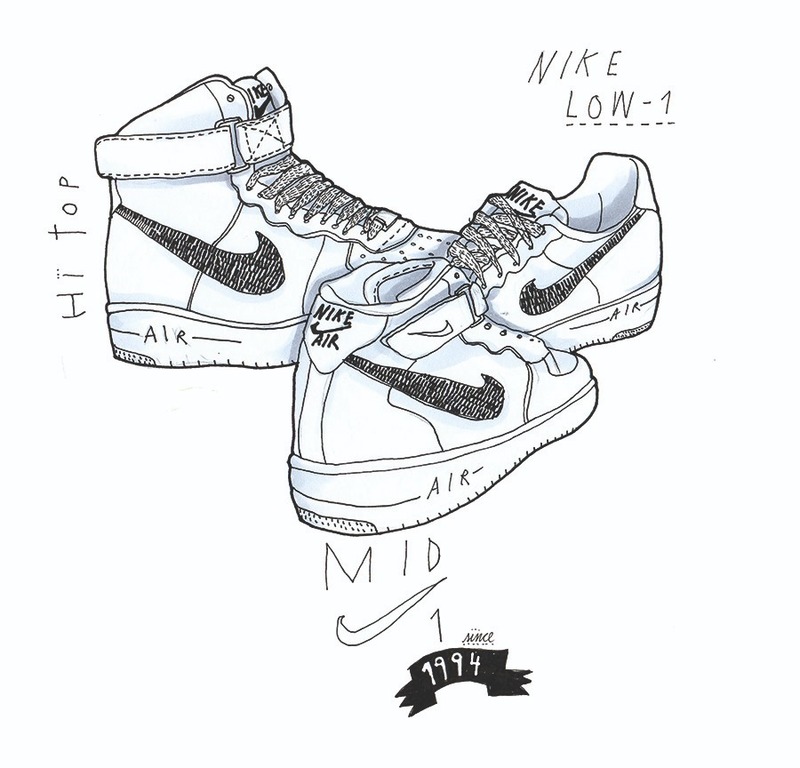.jpg)
6. Low, Mid, High: Originally, the AF1 was designed as a pure high-top. But since many players were used to low silhouettes at that time, the low-top came right after. Until the mid-90s, it was only available in these two versions. From 1994, a mid-cut was added.
.jpg)
7. NYC hype: Starting in Baltimore, the hype around the AF1 came to Philadelphia and finally to New York. In the streetball mecca of NYC, the AF1 quickly became a star, and not only thanks to the new cushioning that allowed players to forget their three extra layers of socks. But it took a few seasons for the AF1 to become a lifestyle staple as well. In his Rap Pages column "Confessions of a Sneaker Addict", Bobbito wrote about it in 1997: "It wasn't until 1986 that everyone realised what a classic it was".
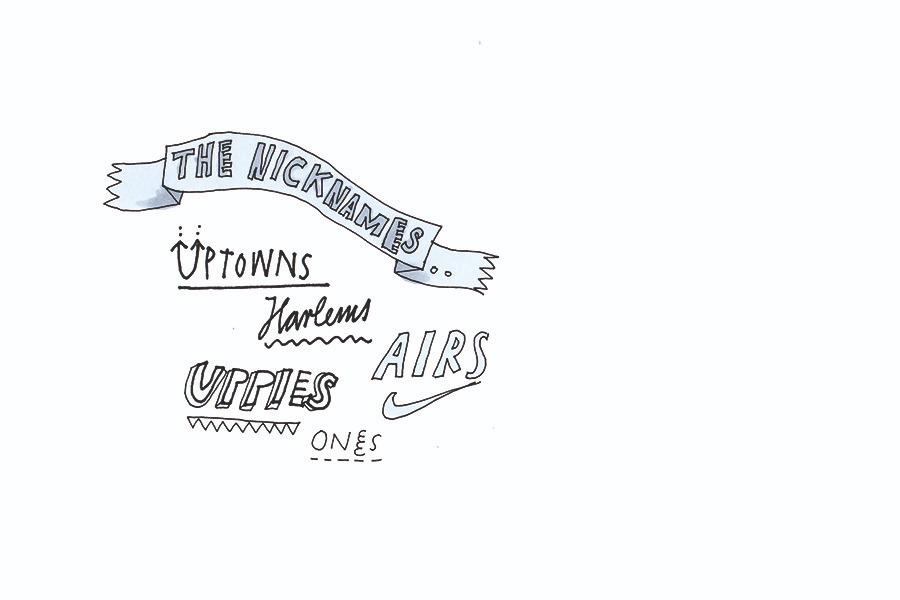.jpg)
8. The nicknames: The Air Force 1 has many names. Among the most common are "Uptowns" ("You had to go uptown to get them ones."), "Harlems" or "Uppies", as they were also called because the shoes were initially only available in upstate New York City. In the beginning they were also called "Airs" or "Ones".
.jpg)
9. The outsole: The sole of the AF1 was a revolution. For the first time, the concept of concentric circles was applied, specifically tailored to the sport of basketball and its requirements. Rubber lips between the circles act as wiper blades that pick up dust and dirt, allowing the circles to make constant and immediate contact with the ground. At the same time, the circular design facilitates the typical and fast turning movements. Special studies were carried out in the Nike research lab for this purpose.
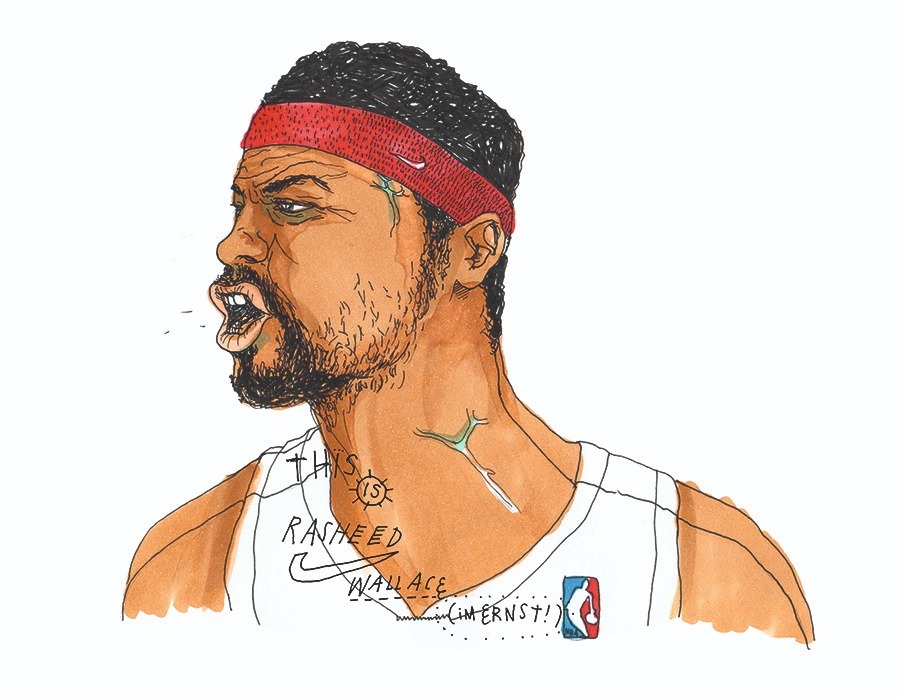.jpg)
10. Rasheed Wallace: His name is forever linked to the Air Force 1, as the only NBA player to rock the AF1 High to this day - wearing the ankle strap backwards so that it almost drags across the floor. Over the years, Nike has designed countless PEs with his logo, only a few of which have made it into shops. One of his finest PEs was made for the 2006 All Star Game and found its way - in only a slightly different colour scheme - to an outlet in the US. Around a dozen pairs were available there in sizes ranging from US11 to US15, and some pairs even found their way to Europe.
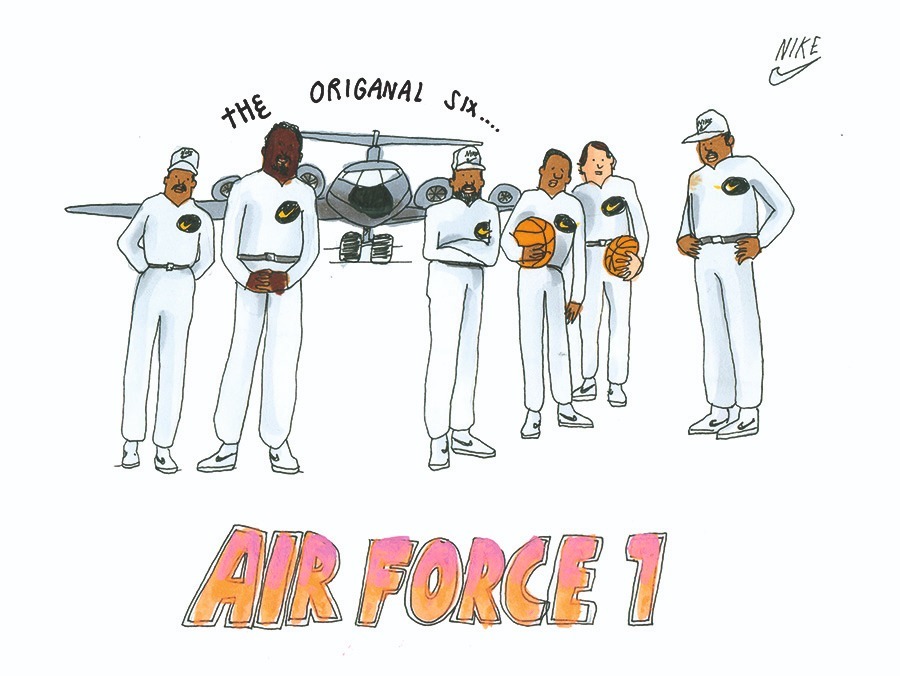.jpg)
11. The Original Six: The famous Air Force 1 poster shows six legendary players of their time: Moses Malone, Jamaal Wilkes, Calvin Natt, Mychal Thompson, Bobby Jones and Michael Cooper. The photo was taken at Wayne Airport in Orange County at sunset. Adding to the awkwardness of the players in their strange space suits was the fact that they barely knew each other. They must have thought it was all a bit strange - and had no idea at the time that this scenario would be material for a sneaker magazine some 30 years later.
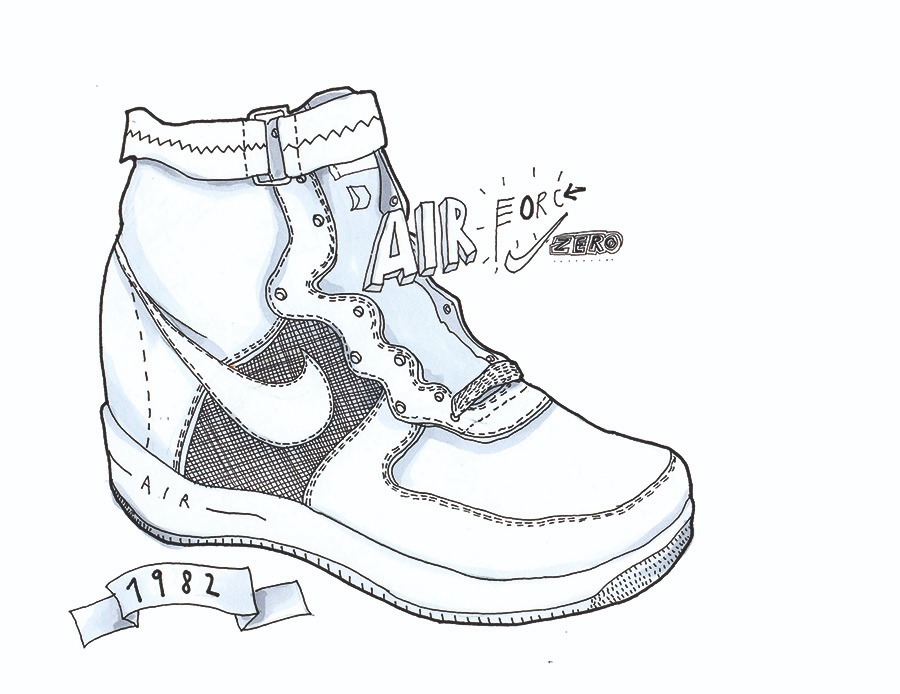.jpg)
12. The Zero: The actual original - the first Air Force 1 from 1982 - is retrospectively called the "Air Force Zero". This original version had a mesh panel on the side and the leather toe box had no perforation, which was only added later for better ventilation of the foot. A first "sample" even had a mesh toe box. However, it was feared that customers would not see the very high price as justified if the shoe was not made entirely of leather.
.jpg)
13. TYPS: Until the end of the 1980s, this marking in the ankle lining identified so-called "Player Exclusive" (abbreviated to "PE") models - custom-made shoes for college or NBA players that were not available in stores. These mostly canoe-sized shoes were colour-coordinated with the players' teams and are usually no longer available today, as there is hardly a pair that has not made it onto the court. Later, players like LeBron James, Kobe Bryant or Carmelo Anthony got their very own PE Forces - not for the court, though, but to show off in their spare time.
.jpg)
14. The Jewel Swoosh: Hated by many, loved by Grailify. It's much smaller than the regular Swoosh, but its sparkle in the sunshine makes up for the size and has also earned it its nickname. The "Jewels" were introduced in the mid-90s as low and mid-cut models, while there was never a high-cut. They were produced until the early 2000s. In 2012, a retro version of the "Jewels" was released - unfortunately not with the buttery leather look and feel of the old days. They also didn't sell when they came out and ended up in the sale catalogues of Eastbay or others, sometimes going for $30.
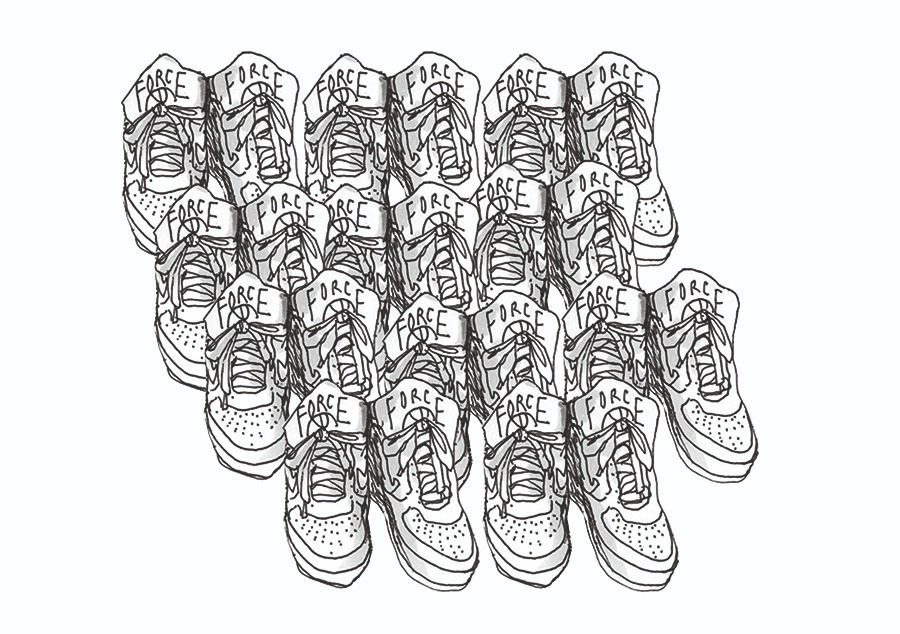.jpg)
15. The Retros: The AF1 was the first shoe to be reissued by Nike as a retro. It all started with the owners of three shops in Baltimore who, due to high demand but empty shelves, went to Nike and ordered 2400 pairs in two new colours. Thus began with the AF1 what today makes it hard to keep up with new releases: the retro wave. Over the years, there have been more AF1 retros than of any other Nike shoe model. The years between 1996 and 2001 are considered the golden age for the AF1 retro, with many now unaffordable classics in a quality and shape that is rarely found in today's AF1s.

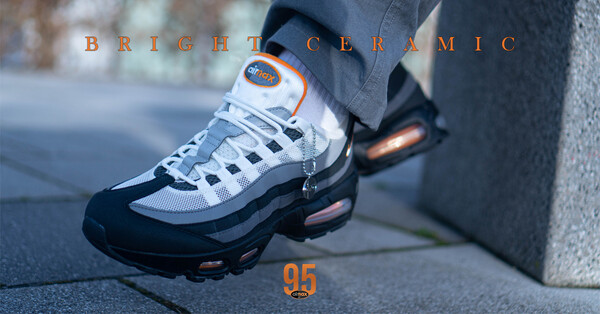.jpg)


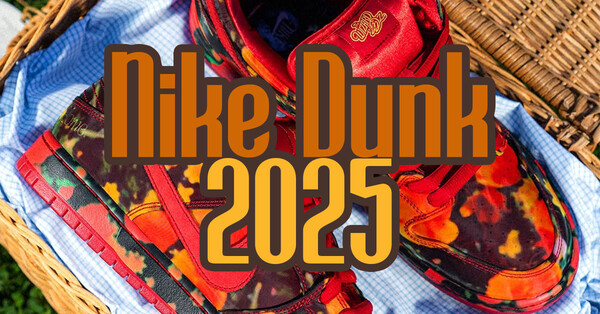
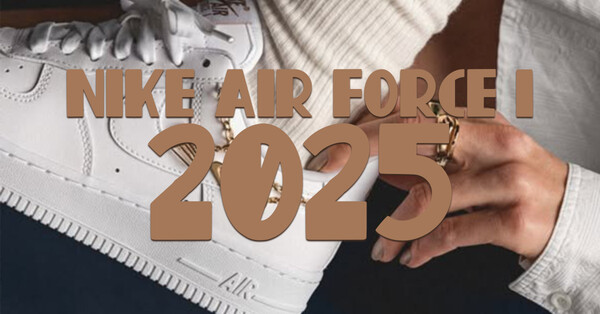.jpg)